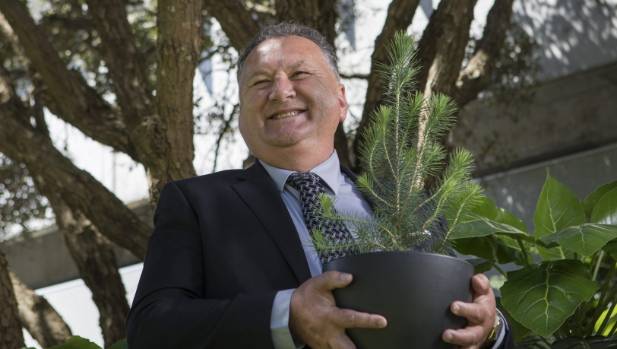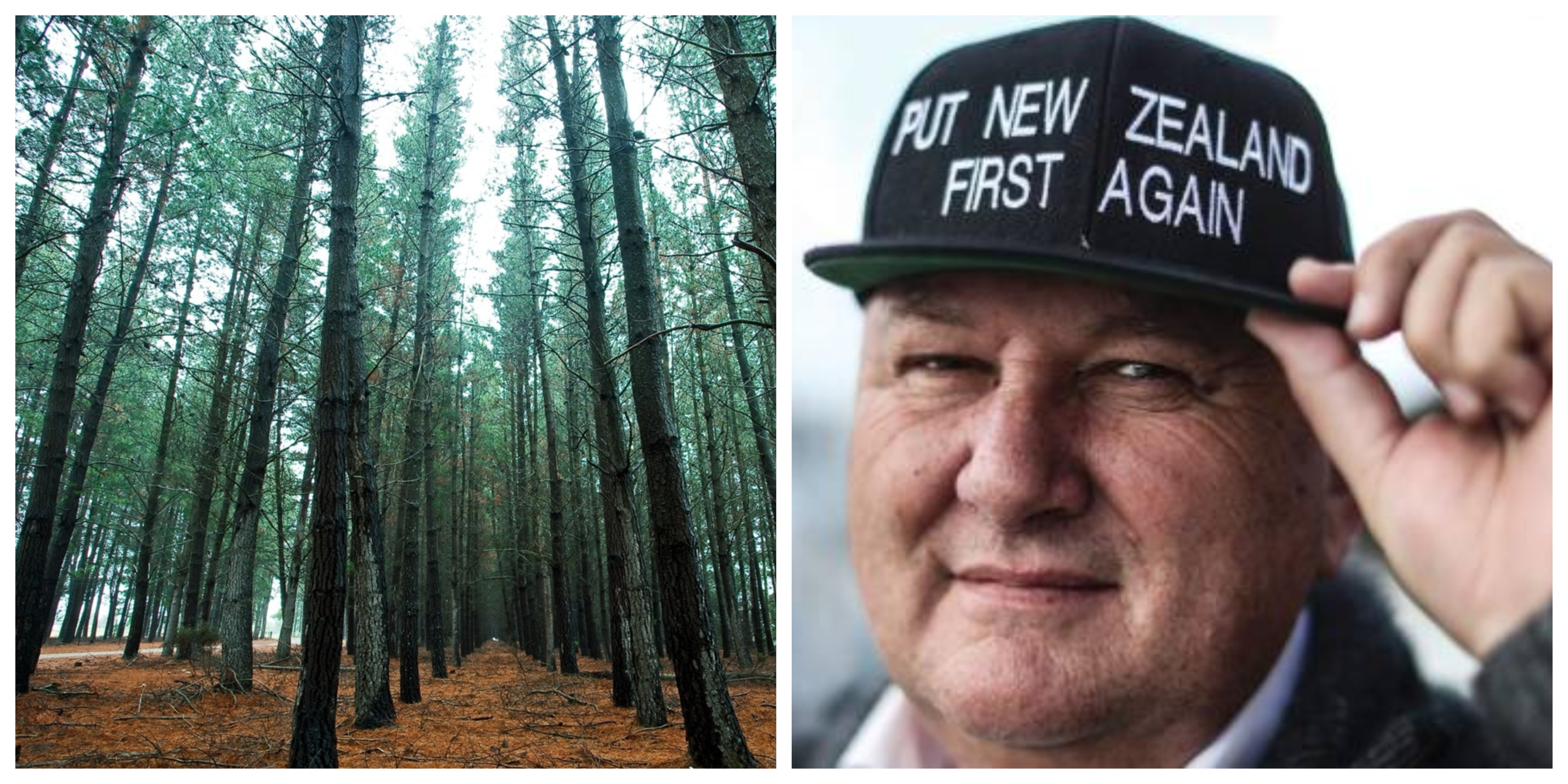Staying true to their pre-election promise of prioritising developments for the regions, New Zealand First celebrates the revival of the forestry service which it won as part of their Coalition Agreement with the New Zealand Labour Party. Using the name, Te Uru Rākau, the service will have its headquarters in Rotorua which the Forestry Minister Hon. Shane Jones dubbed the “forest capital of New Zealand”.
The unveiling ceremony, graced by Jones, Prime Minister Jacinda Ardern, Fletcher Tabuteau MP, Meka Whaitiri MP and Tamati Coffey MP signaled the return of the state-owned entity that was abolished in 1987 by the Labour government of PM David Lange.
Prior to its scrapping, the New Zealand Forest Service had the responsibility of managing the country’s state-owned forests for its use in conservation, forestry and recreational activities. Those functions were delegated to various government agencies after 1987: the Department of Conservation (DOC) was set up to handle the conservation of forests, the New Zealand Forestry Corporation was created to manage logging operations, while the Ministry of Primary Industries (MPI) was tasked to oversee the biosecurity functions.
It was also the end of New Zealand’s forests being exclusively owned by the State (or the Crown), as acres of forests were sold-off to private interests between 1990 and 1993. Many of these privatised forests were then converted into other uses such as pastoral farming, among others. Beyond the loss of their patrimony, the nation also suffered the loss of hundreds of jobs due to the dissolution of the Forest Service.
That realization is precisely what motivated the Minister for Forestry to revive the state-owned organisation once again. It synchronizes well with NZ First’s proposal to plant one billion trees, and will be useful to coordinate the massive tree planting effort.
Te Uru Rākau has already been allocated with an initial funding of $15 million, to enable it to enter partnerships with private enterprises to help it plant the saplings or secure land for planting. In addition, an expert panel named the “Forestry Ministerial Advisory Group” has been established to help direct policy and provide advice to the agency.
The highly ambitious tree planting project faces daunting tasks with regards to securing seedlings, recruiting labourers and identifying land for planting. Having a one-stop agency to facilitate those requirements will be immensely useful to meet the 10-year timeframe.
Jones has already approached several private and Iwi-owned nurseries in the country to help produce seedlings for tree planting: last March, Ngāti Whare-owned Minginui Nursery in the Bay of Plenty received $5.8 million to upscale its seedling production. The funding boost allowed it to grow its workforce from nine to 90 workers.

Employment is not the only gain the country stands to receive from Te Uru Rākau, the concept of a separate agency specifically to manage forestry activities was widely welcomed by the New Zealand Farm Forestry Association – the largest group of farm foresters in the country.
The association president Neil Cullen lamented that the renewed commitment to NZ’s forestry gives foresters “confidence to invest in mills and infrastructure and gives the whole industry a boost”. Many stakeholders in the said industry have previously expressed their concern at sourcing logs in the future, the enormous afforestation project will undoubtedly quell those fears.
Indeed, forestry is an industry that deserves to be invested in given that it is the country’s third largest exporter with annual gross income of $5 billion, and the Hon. Jones declares it has “the potential to grow”. He also estimates that Te Uru Rākau will create 300 jobs, mainly in the provincial city of Rotorua – a much needed boost to the Bay of Plenty economy that has the highest Māori unemployment rate in the country at 14%, when the national average for Māori unemployment stood at only 4.4%.
The news is indeed a welcome development for the forestry industry, but also for Māori, for regional New Zealand and the environment.

